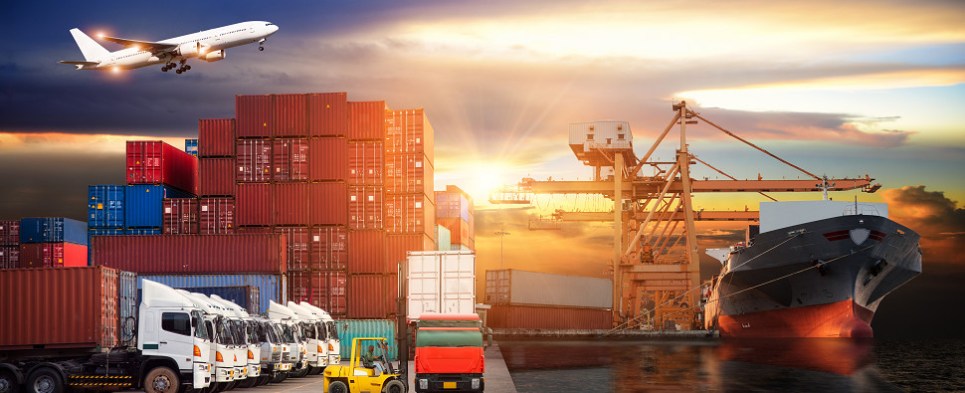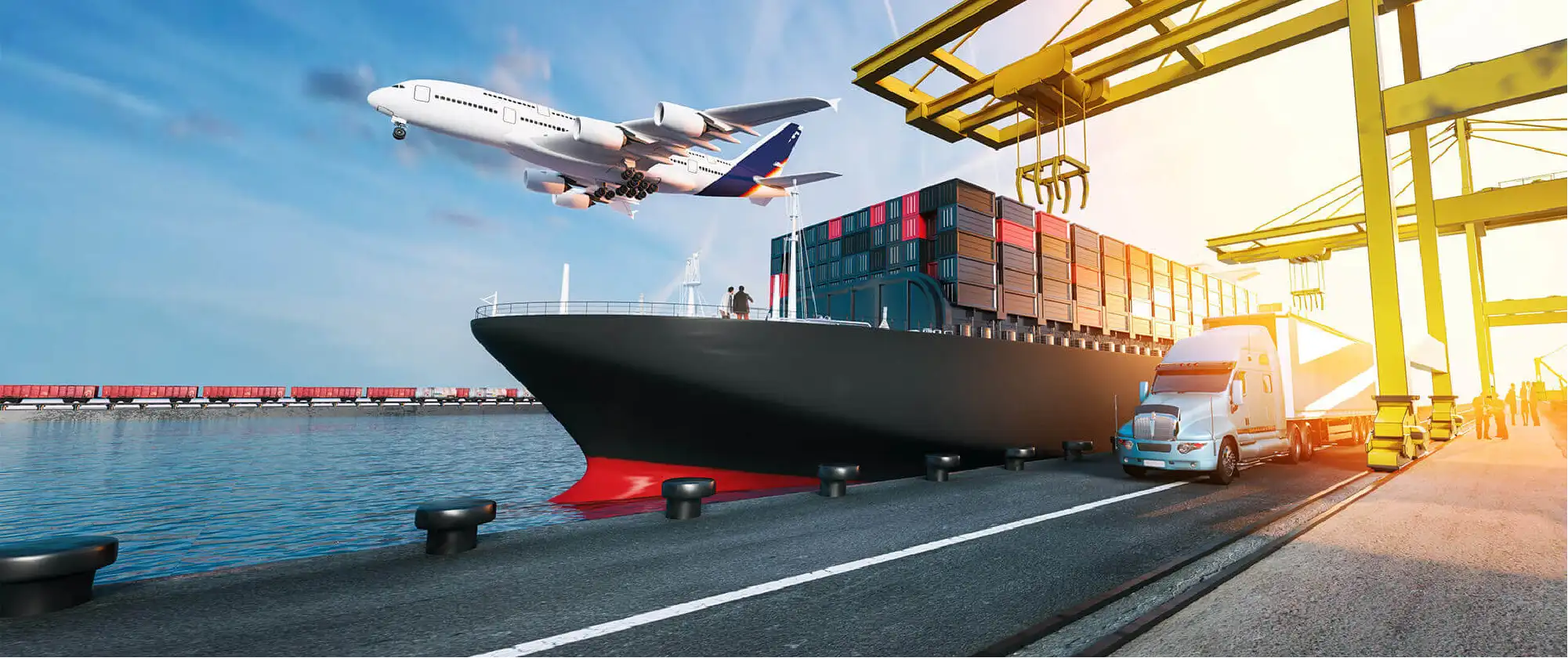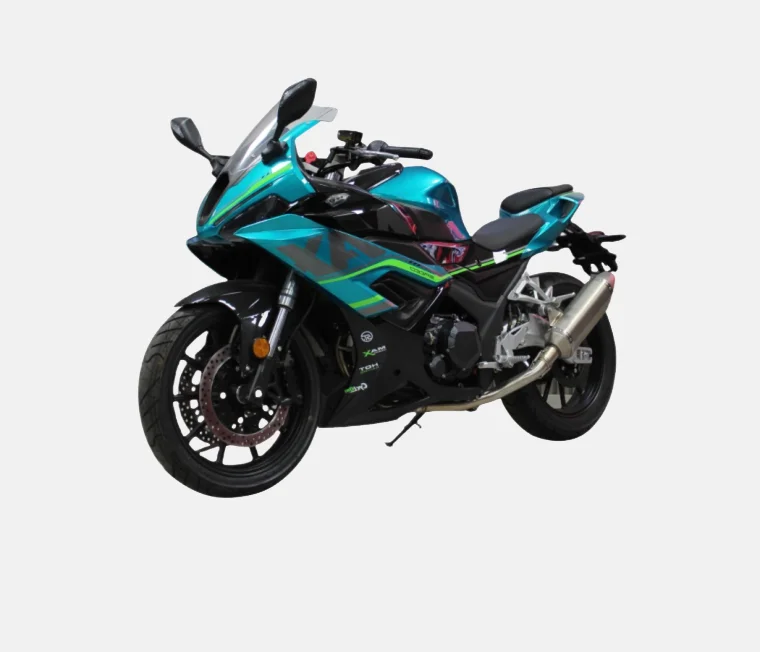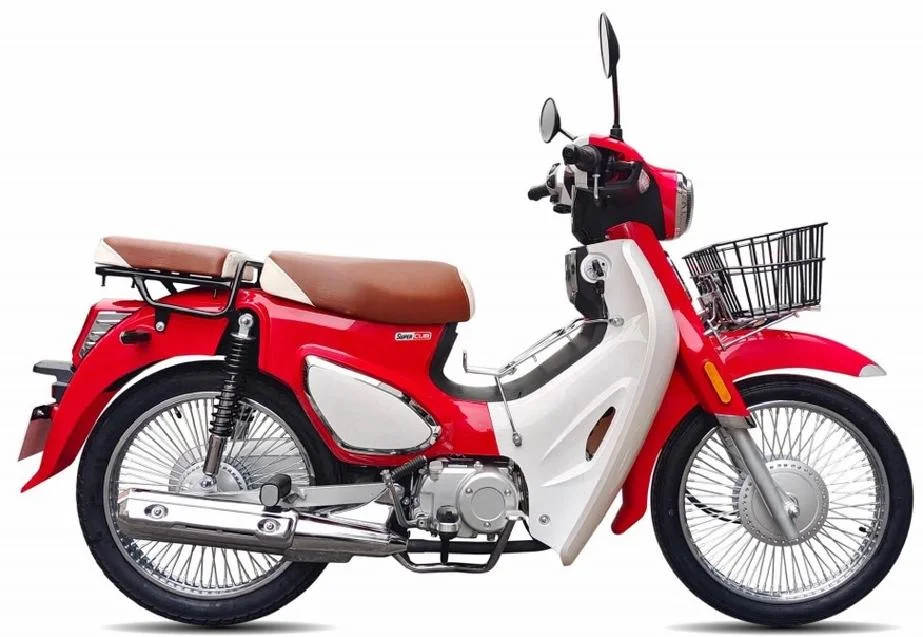Navigating the Future: A Deep Dive into the Two Main Transport Systems

In the ever-evolving world of transportation, two main transport systems have emerged as the frontrunners in the race towards efficiency, sustainability, and accessibility: the road transport system and the rail transport system. These two systems, each with its unique set of advantages and challenges, form the backbone of global mobility, powering economies, and connecting communities.
Road transport, the most common form of transportation, is characterized by its flexibility and convenience. It is the primary mode of transport for short to medium distances, facilitating the movement of people and goods from door to door. The road transport system includes various types of vehicles such as cars, buses, trucks, and motorcycles, each serving different purposes and catering to different needs.
However, road transport is not without its drawbacks. The system is often plagued by issues such as traffic congestion, air pollution, and high energy consumption. Furthermore, road safety remains a significant concern, with millions of road traffic accidents reported each year worldwide.
On the other hand, rail transport, which includes trains and trams, offers a more sustainable and efficient alternative for long-distance travel. Railways can carry large volumes of passengers or goods simultaneously, making them a cost-effective and energy-efficient mode of transport. Moreover, rail transport is often associated with lower levels of air pollution and greenhouse gas emissions compared to road transport.
Despite these advantages, the rail transport system also faces several challenges. The high initial investment required for infrastructure development and maintenance can be a deterrent. Additionally, the lack of flexibility in routes and schedules can limit the system's convenience and accessibility.
In recent years, advancements in technology have brought about significant changes in both transport systems. The advent of autonomous vehicles, electric cars, and smart traffic management systems has revolutionized road transport, enhancing its efficiency and sustainability. Similarly, the of high-speed trains, magnetic levitation technology, and digital ticketing systems has transformed rail transport, making it faster, safer, and more user-friendly.
However, the future of transportation is not just about improving these two systems in isolation. It's about integrating them into a cohesive, multimodal transport network that leverages the strengths of each system while mitigating their weaknesses. This includes developing intermodal facilities that allow seamless transfers between different modes of transport, implementing smart mobility solutions that optimize routes and schedules, and promoting sustainable practices that reduce environmental impact.
In conclusion, the road and rail transport systems, while distinct in their characteristics, are both integral to the global transportation landscape. As we navigate the future of transportation, it is crucial to continue exploring innovative solutions that enhance the efficiency, sustainability, and accessibility of these systems.


